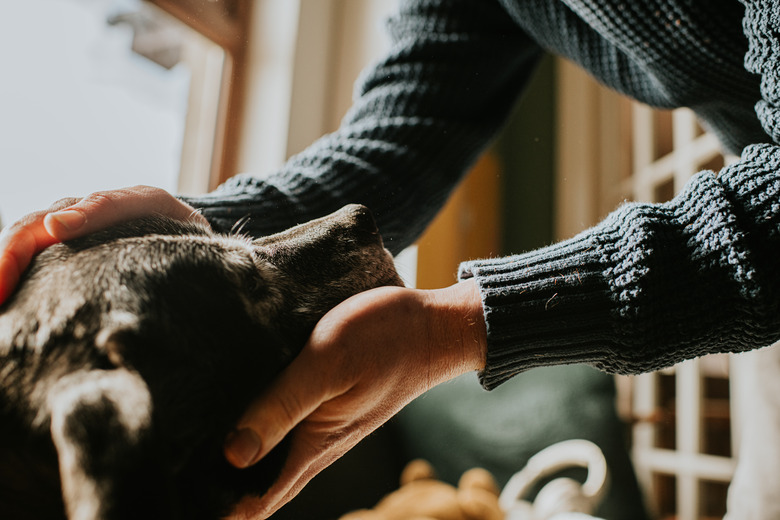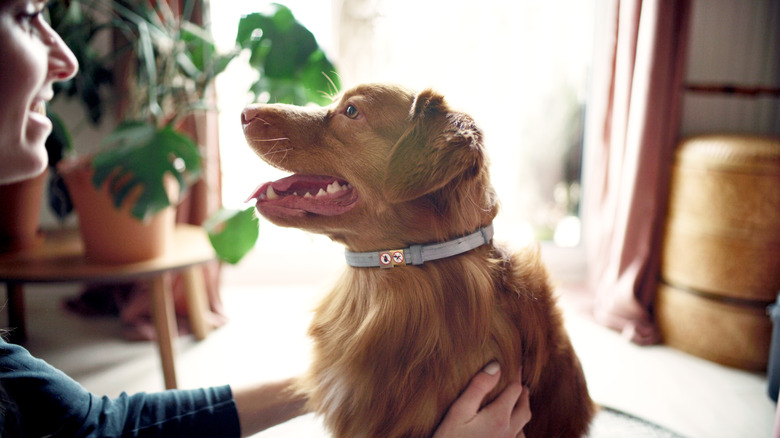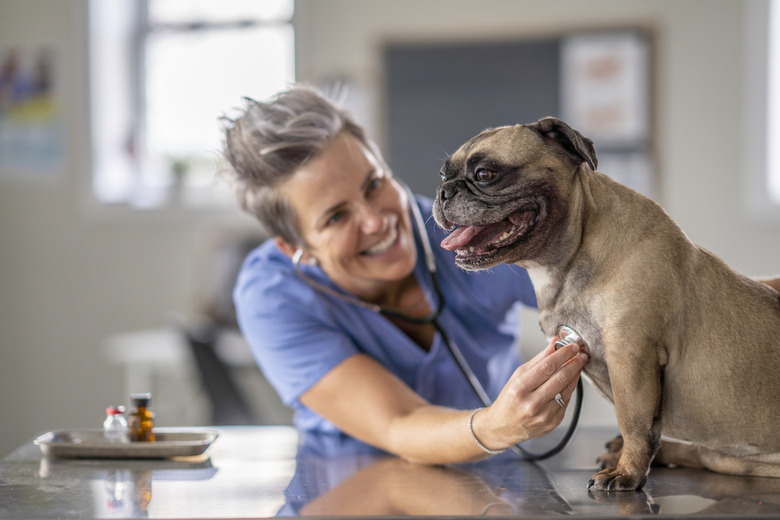Lymphoma In Dogs: Symptoms, Diagnosis, And Treatment
If your dog is diagnosed with lymphoma, it's hard to know exactly what to expect in terms of survival time. The prognosis for lymphoma in dogs, including how long they might live after diagnosis, depends on the type and stage of the disease as well as the treatment. There are many veterinary medicine treatment options for lymphoma in dogs, and many dogs can go into remission during treatment. However, even with complete remission, there is always a chance that the cancer can return. Even so, some dogs with certain forms of lymphoma can live for long periods with a good quality of life.
What is lymphoma in dogs?
What is lymphoma in dogs?
Among the most common types of cancer in dogs, canine lymphoma exists in more than 30 forms that behave differently. The term "lymphoma" refers to a group of cancers in dogs that are derived from white blood cells called lymphocytes. Lymphoma usually starts in the lymph nodes and lymphatic system and spreads to any organ, with the liver, bone marrow, and spleen most often affected. Lymphoma might also spread to the skin, the gastrointestinal system, and the thymus gland within the chest. If your dog has lymphoma, the type of lymphoma will be a major factor in their life expectancy.
What causes lymphoma in dogs?
What causes lymphoma in dogs?
The cause of lymphoma in dogs is currently unknown. Certain breeds like golden retrievers, beagles, and poodles seem to be more likely to develop lymphoma. Viral infections, exposure to environmental toxins like pesticides, and immune system disorders are also thought to also be possible contributing factors. There are two types of lymphocytes: T cells and B cells. When a lymphoma occurs within the type of white blood cell known as T cells, it is called T-cell lymphoma. Likewise, when a B cell develops abnormally it is called B-cell lymphoma.
B-cell lymphoma can cause bumps that looks like tumors under the skin. T-cell lymphoma can cause red, scaly patches, and sometimes tumors. As the name suggests, cutaneous lymphoma affects the skin, but may also appear in the mouth. The most common form of lymphoma in dogs is multicentric lymphoma. This cancer first appears in lymph nodes. Lymphomas are common cancers in dogs, and are commonly first detected due to enlargement of the dog's lymph nodes.
Symptoms of lymphoma in dogs
Symptoms of lymphoma in dogs
Symptoms depend on the lymphoma's location. Some dogs won't display any symptoms at all, especially in early stages. You might notice that your dog's lymph nodes are swollen, especially those under the jaw or behind their knees. The swelling isn't painful, but it's important to take your dog to the veterinarian as soon as possible.
Other symptoms include an increase in thirst and urination, change in appetite and weight loss, lethargy, and edema (or swelling) on the legs or face. Skin lymphoma appears as flaky, reddish patches anywhere on the animal, with the lesions soon becoming ulcerated. Dogs with gastrointestinal lymphoma might experience vomiting and dark, very bad-smelling diarrhea.
Lymphoma in dogs stages
Lymphoma in dogs stages
After diagnosis of lymphoma, your veterinarian will "stage" your pet's cancer. If your dog has stage 1 (or i) lymphoma, only a single lymph node appears to be involved. Stage 2 (or ii) involves several nodes; in stage 3 (or stage iii), all lymph nodes are affected. Stage 4 includes spleen, chest, and liver involvement. In stage 5 (also referred to as stage v), the disease has spread to the bone marrow.
Diagnosing lymphoma in dogs
Diagnosing lymphoma in dogs
Your veterinarian will make a definite diagnosis by aspirating one of your dog's lymph nodes — placing a small needle in the node and retrieving cells, which are then examined under a microscope. In some cases, a biopsy is required, which means your dog must receive anesthesia. Your veterinarian or veterinary technician will conduct X-rays and ultrasounds on various parts of your dog's body to see if the disease has spread. They usually include the abdomen to search for gastrointestinal masses and the chest. Bloodwork and urinalysis are also typically recommended.
Treatment of lymphoma in dogs
Treatment of lymphoma in dogs
While treatment protocols depend upon the stage and type of lymphoma, most dogs will need to see a veterinary oncologist and receive chemotherapy drugs. The goal of using chemo to treat lymphoma is improvement in quality of life, as well as, best case scenario, complete remission — temporary disappearance of the cancer.
Chemotherapy in dogs tends to have fewer side effects than human chemotherapy protocols. The overwhelming majority, up to 90 percent, of dogs receiving chemo achieve remission of six to nine months. However, the remaining cancer cells again rear their ugly heads, and the lymphoma commonly eventually recurs. Your dog can receive another round of chemo, which can lead to a second remission. This might extend his survival another six months or more. Dogs with gastrointestinal lymphoma have a poorer prognosis and generally survive about three months after treatment.
What is the CHOP dogs treatment?
What is the CHOP dogs treatment?
The CHOP dog protocol is named after an effective treatment for canine lymphoma that is a combination of three chemotherapy drugs and Prednisone. The name CHOP comes from the name of the drugs used in the treatment: cyclophosphamide, hydroxydaunorubicin, oncovin, and prednisone. Advantages of CHOP are that it is effective. Disadvantages are that it is expensive. Costs can range from $5,000 to $8,000. This cost includes medications, in-hospital procedures, and the cost of blood work which the oncologist will use to keep an eye on your dog's overall health.
The bottom line
The bottom line
Lymphoma is one of the most prevalent types of cancer in dogs. If your dog is diagnosed with lymphoma, their prognosis will depend on the type, stage, and treatment. Chemotherapy with an oncology specialist is a common treatment option for lymphoma in dogs, and many dogs go into remission for a period of time after chemo. Your dog's prognosis will likely be better if their lymphoma is caught early, so if you notice any clinical signs, including enlarged lymph nodes, weight loss, and lethargy, it is imperative to see your veterinarian right away. Diagnostics might include X-rays, ultrasound, biopsies, or fine needle aspirates.



